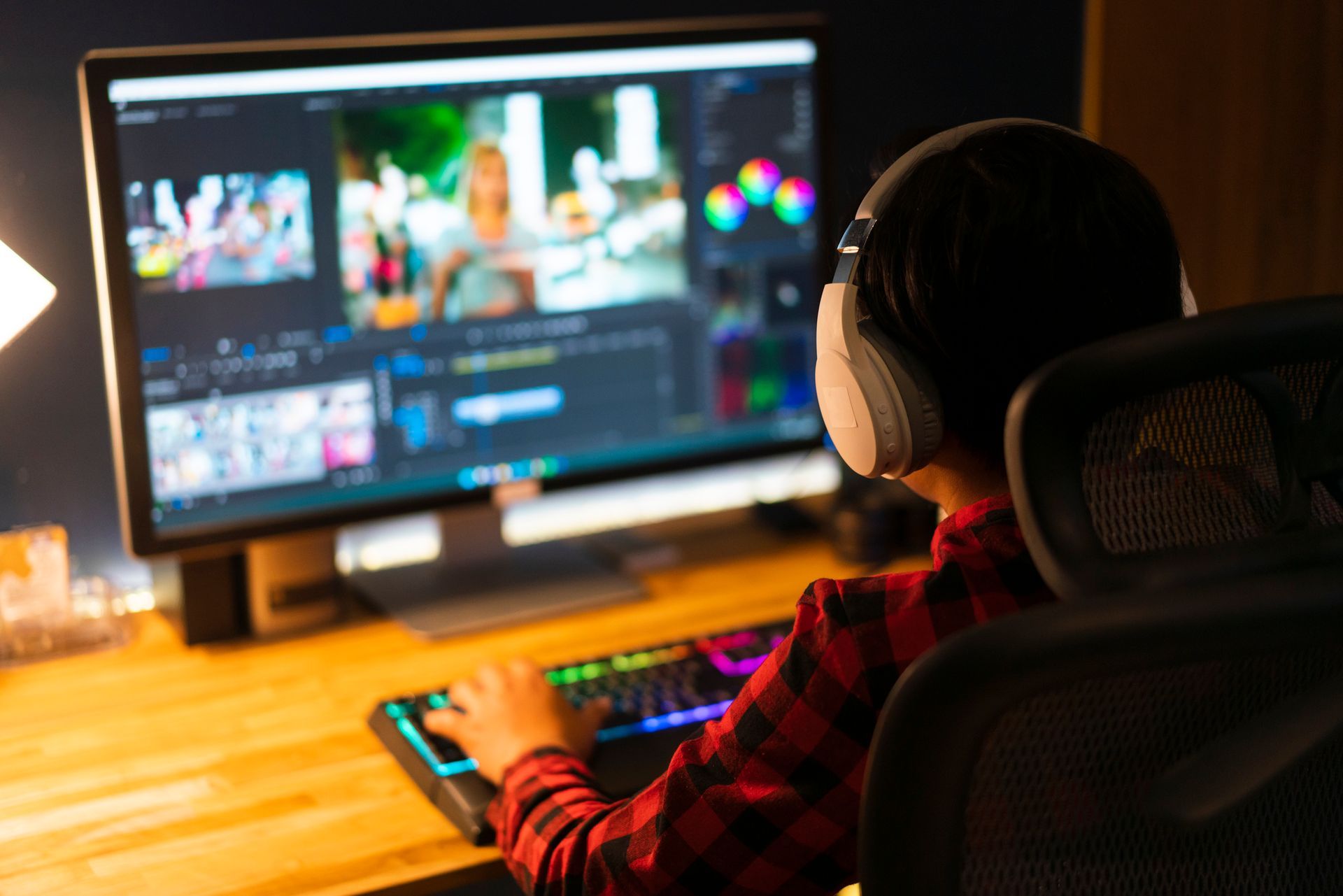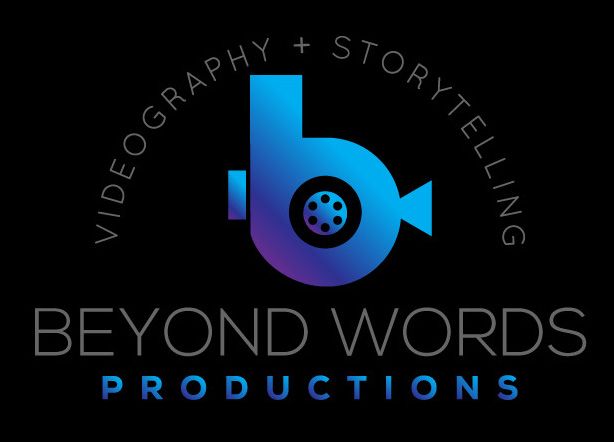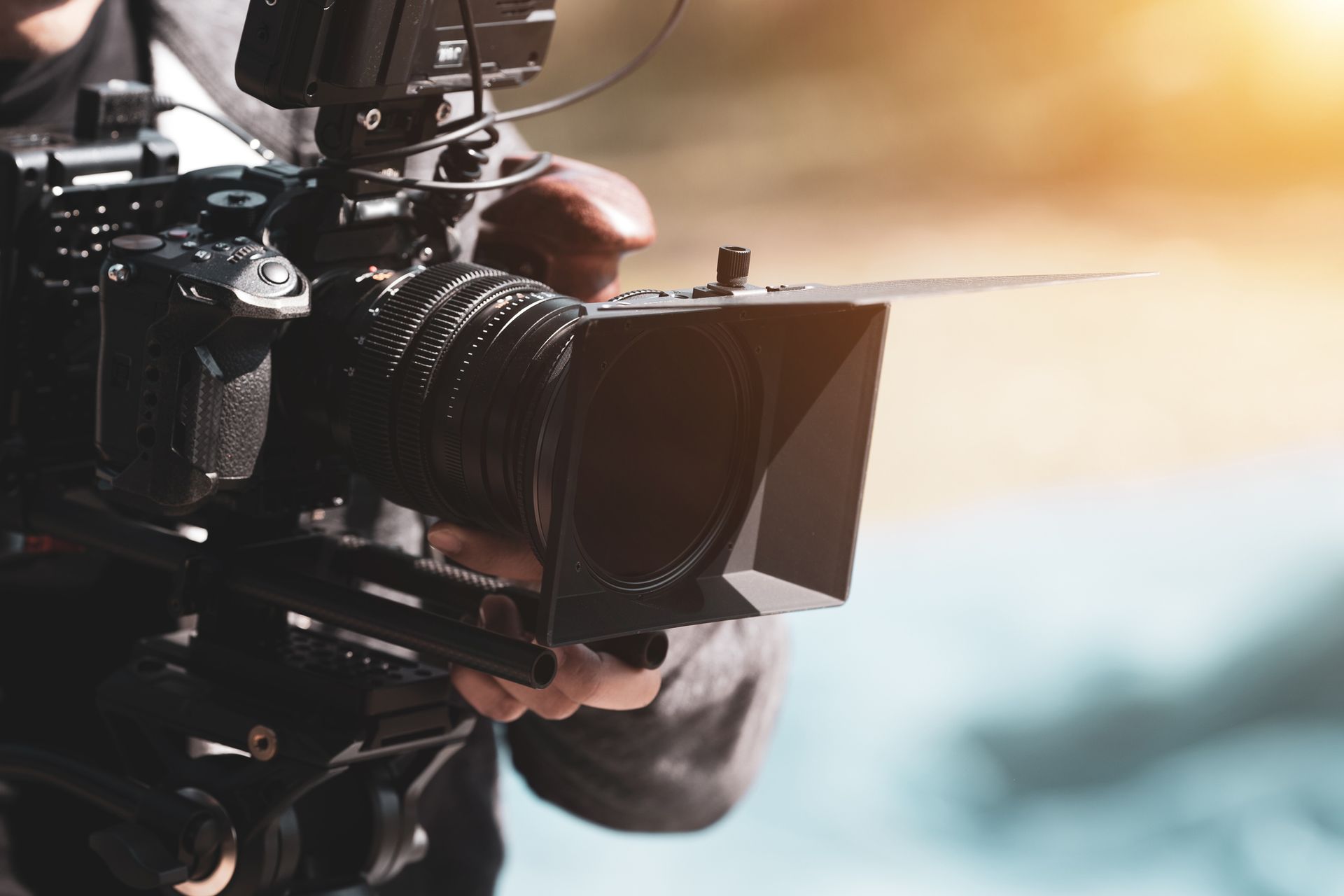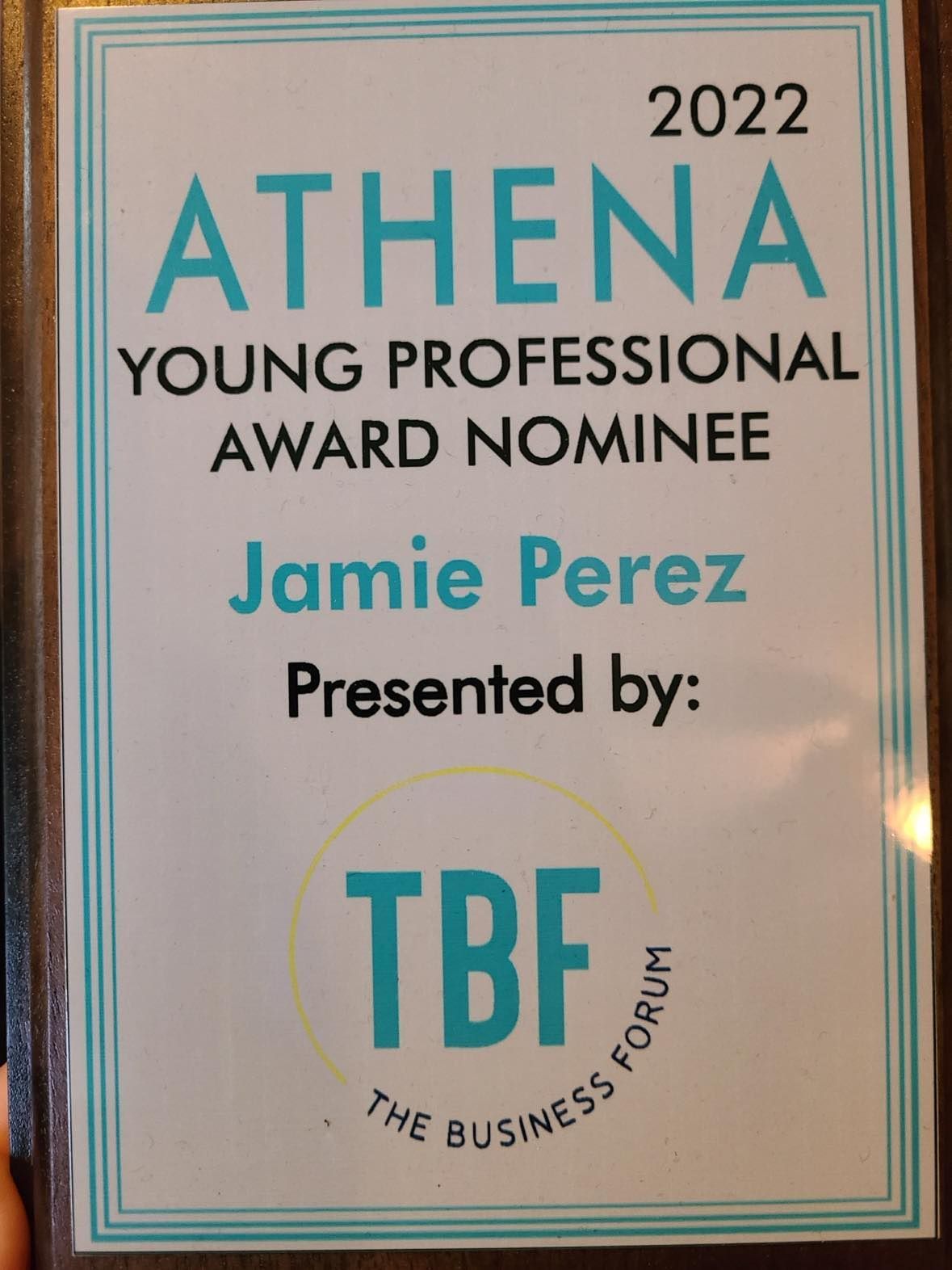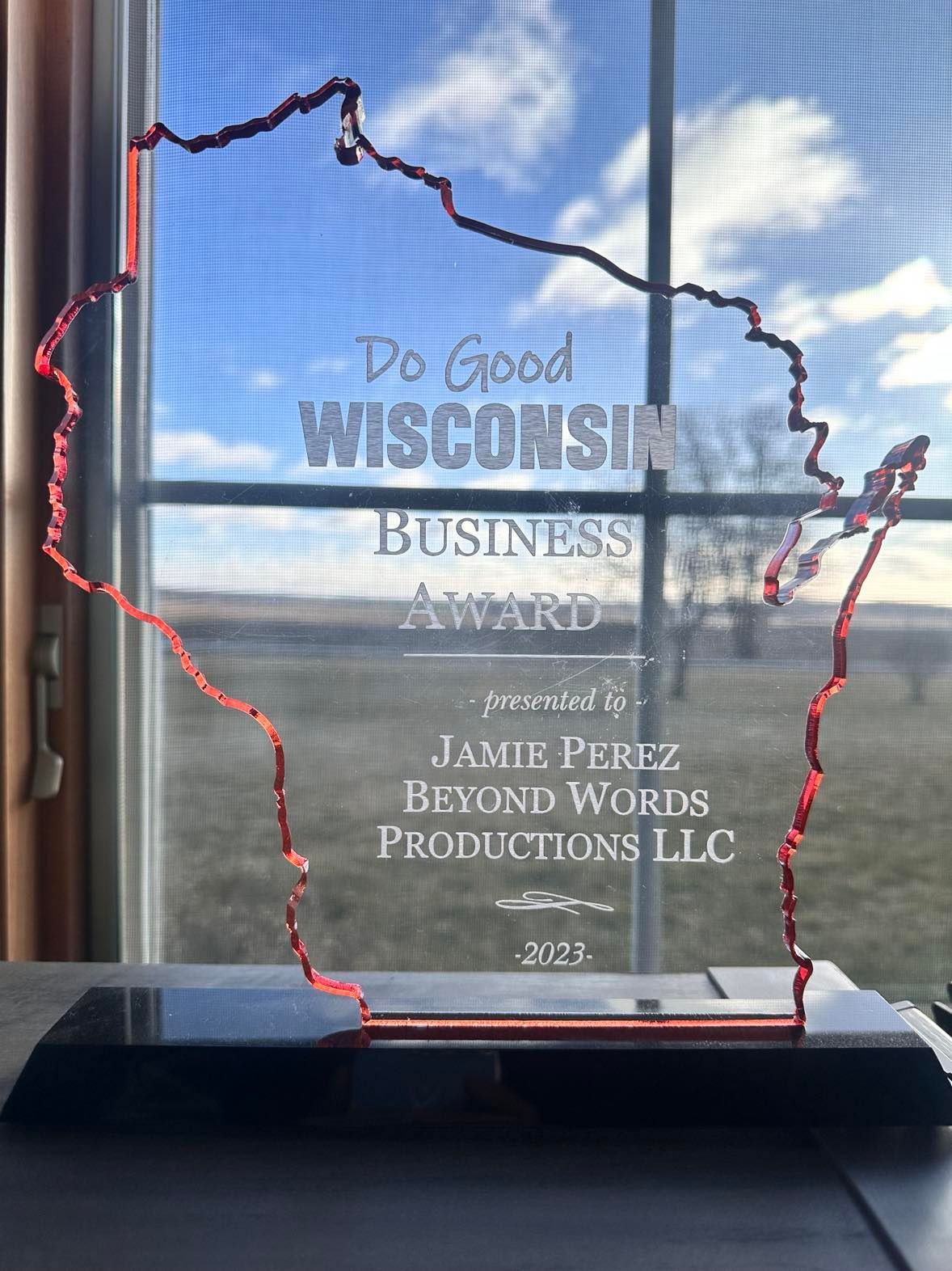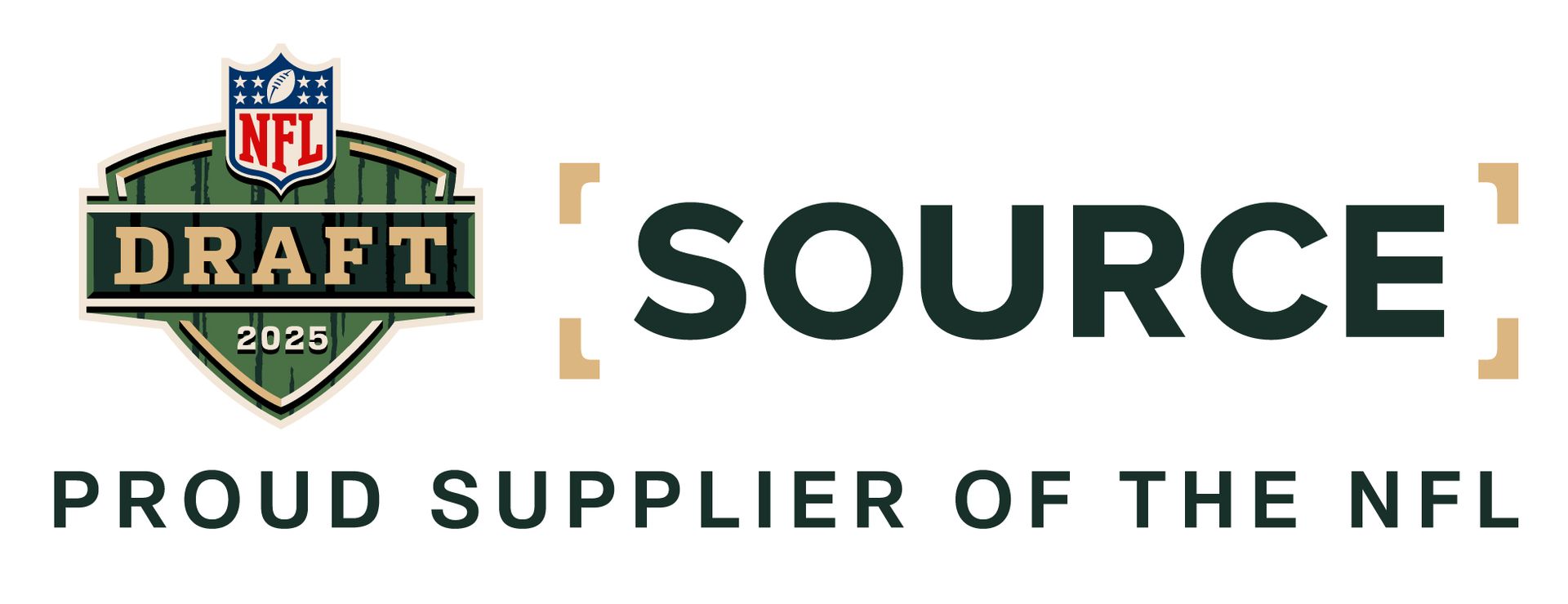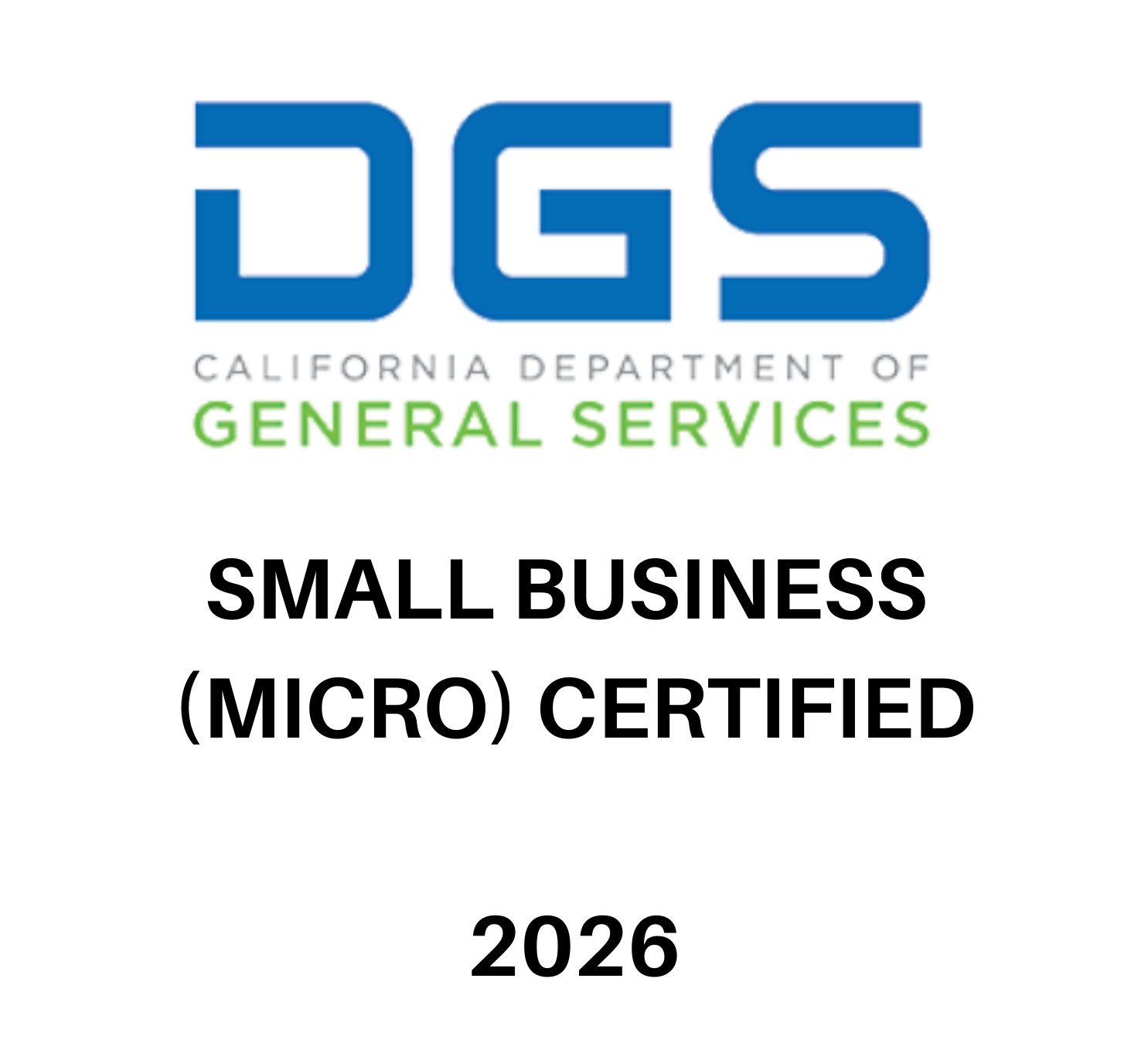Lights, Camera, Conversion: How Video Marketing Can Help Your Business
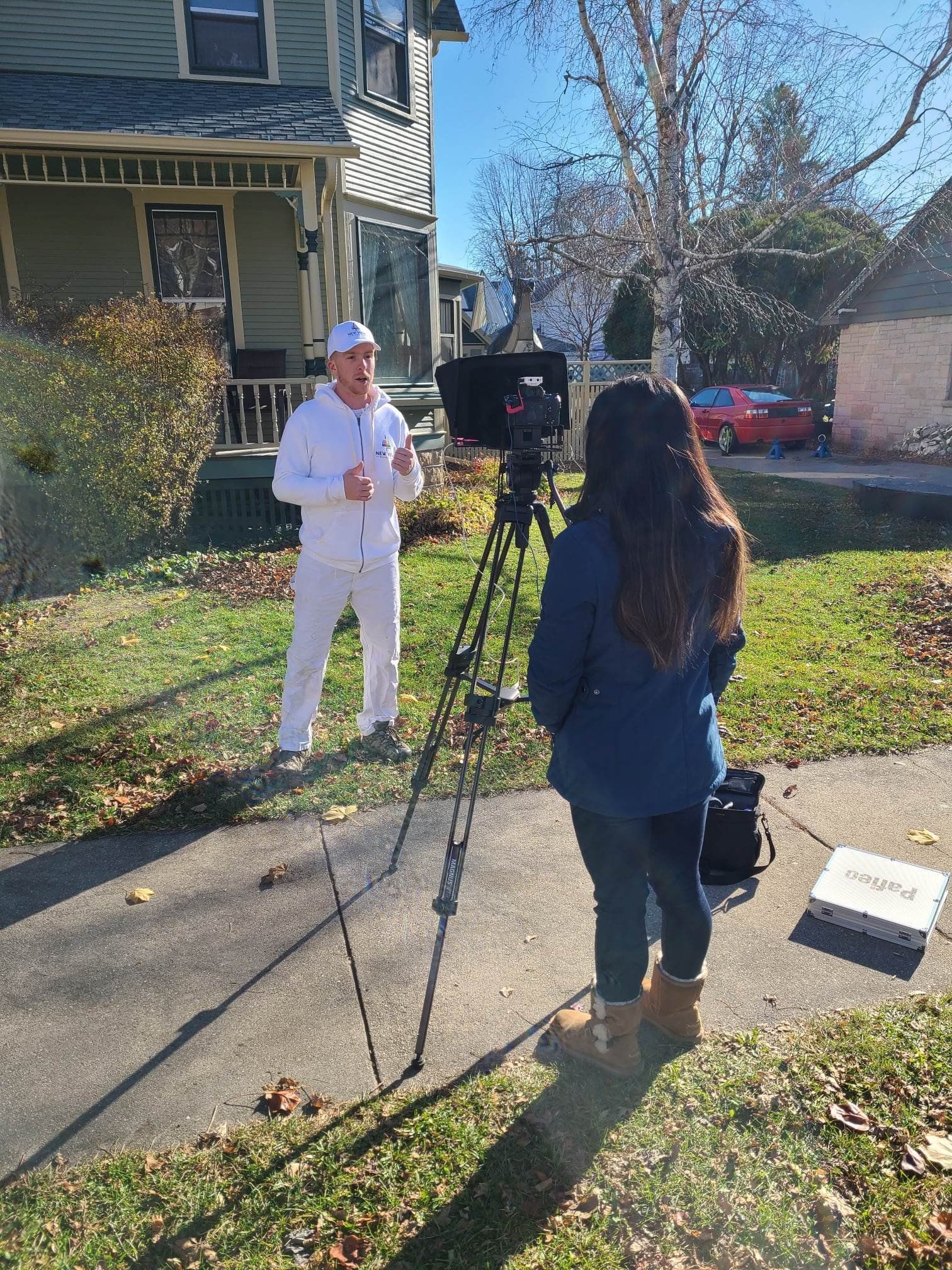
Owner of Beyond Words Productions filming a video for a Dane Co. WI painting company: New View Painting.
In the ever-evolving world of digital marketing, one thing is crystal clear: video content has become the undisputed king of the online realm. Whether you're running a small startup or managing a multinational corporation, incorporating video into your marketing strategy is not just a good idea—it's essential. So what’s the benefit of video marketing? How does it affect business? In this blog post, we'll explore why video is crucial for any business, and how it can help you connect, captivate and convert your audience.
Video marketing is extremely popular these days. According to a study by Wyzowl, their video marketing statistics revealed that people watch an average of 17 hours of online video content every week and almost 90% of people say watching a video has converted them to invest in that company’s product or services.
1. Engagement at Its Finest
Our attention spans are a mere 8 seconds. This is where video swoops in as the ultimate attention-grabber. With dynamic visuals, compelling storytelling, and the power to convey information quickly, video keeps viewers engaged like no other medium. It's the perfect way to communicate your brand's message effectively, leaving a lasting impact on your audience.
2. Boosting Conversion Rates
Studies have consistently shown that adding video to your website or marketing campaigns can significantly boost conversion rates. Whether you're selling a product or a service, video can help potential customers understand the value you offer. It's a powerful tool for showcasing your product in action, addressing common concerns, and ultimately convincing viewers to take that next step—making a purchase.
3. Enhanced SEO Performance
Search engines, especially Google, love video content. By incorporating video into your website, you can increase your chances of ranking higher in search results. This leads to more visibility and, in turn, more potential customers discovering your business. Additionally, embedding videos can increase the time visitors spend on your site, another factor Google considers when ranking pages.
4. Building Trust and Credibility
Video allows you to put a face to your brand and connect with your audience on a personal level. It’s a great way to give people an immersive experience they wouldn’t have otherwise had the opportunity to experience. It builds trust and credibility because people see real people behind the business. Testimonials, behind-the-scenes glimpses, and informative video content can help establish your authority and expertise in your industry. When customers trust your brand through you creating a memorable, emotive experience, they are more likely to become loyal advocates and repeat buyers.
5. Social Media Domination
Social media platforms are ideal places to showcase your video content. Videos on social media receive higher engagement rates than text or image posts. They're shareable, comment-worthy, and can quickly go viral if done right. Platforms like Facebook, Instagram, TikTok, and YouTube provide businesses with the perfect stage to showcase their products, services, and brand personality.
6. Adapting to Changing Preferences
As technology and consumer preferences evolve, staying relevant is key to business success. Video content aligns perfectly with the modern consumer's preference for quick, easily digestible information. By embracing video, you demonstrate your ability to adapt to changing trends, which can make your business more appealing to a wider audience.
Video marketing can be used for your business in a number of ways. From general marketing videos to engaging content on social media. The future of video marketing is an ever-evolving industry that can prove to be extremely beneficial to getting your name out there!
